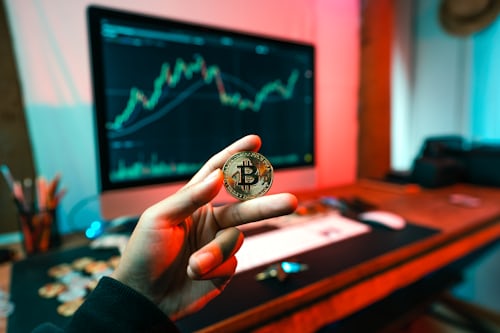Investors are constantly looking for new economic indicators that show them how the markets are developing. After all, knowledge is power on the stock exchange, too. Well-known indicators include unemployment figures, the consumer price index or the money supply.
In order not to swim with the masses, new variants are sought after, which can mean a knowledge advantage over other investors. Here you will find an overview of unusual economic indicators and their truth content.
Ties as a sign of crisis
The assumption: There are two theories on ties. Because both narrow ties and rising sales figures are supposedly signs of a weakening economy.
The explanation: Supposedly, men wear narrow ties in economically difficult times; when the economy booms again, long ties become wider. At the same time, gentlemen who expect times of crisis are said to buy more ties. On the one hand they expect longer working hours, on the other hand they want to show that they have work. Figures show that in the crisis year of 2007, sales in the UK were unusually high.
The Twitter Index
The assumption: The number of Twitter posts concerning job changes can provide information about economic development.
The explanation: people who lose their jobs or have career problems like to tell their friends about it on Twitter. A group of researchers from Stanford and Michigan Universities analyzed the tweets of Internet users over a period of two years and found that significantly more people post about job changes during times of crisis than during economic booms.
The high-heels index
The assumption: in tough economic times, women wear higher heels.
The explanation: flashy clothing provides a counterbalance to bad times. The crisis in the 1920s and the years between 2008 and 2011 support this assumption. Heels on women's shoes were unusually high.
The Date Index
The assumption: If registrations at singles exchanges increase, the economy is in crisis.
The explanation: If people are not successful economically, they at least seek private happiness as compensation. Singlemarkets like match.com could register unusually many new registrations in the crisis year 2008.
The Skyscraper Index
The assumption: Andrew Lawrence of Barclays Bank sees the construction of skyscrapers as critical for the economy.
The explanation: Where one skyscraper is built, others follow. The high investment density provokes bad investments in https://exnesslatam.com/, which result in a market correction. History proves Lawrence right. The competition for the Chrysler Building and the Empire State Building, for example, coincides with the crash of the New York Stock Exchange in 1929. When the Twin Towers open in New York in 1972/73 and the Sears Tower in Chicago a year later, the entire financial system collapses. In 1997, the Asian crisis occurs directly after the construction of the Petronas Towers.






